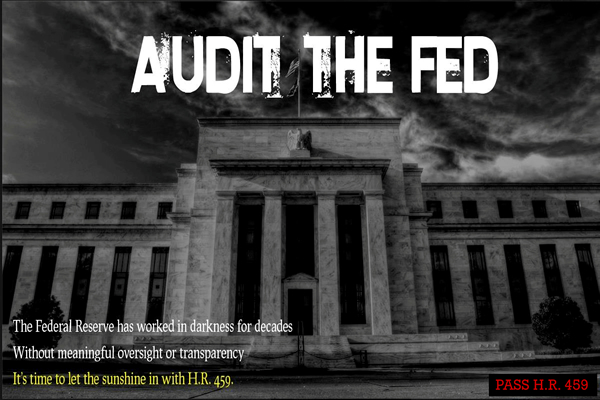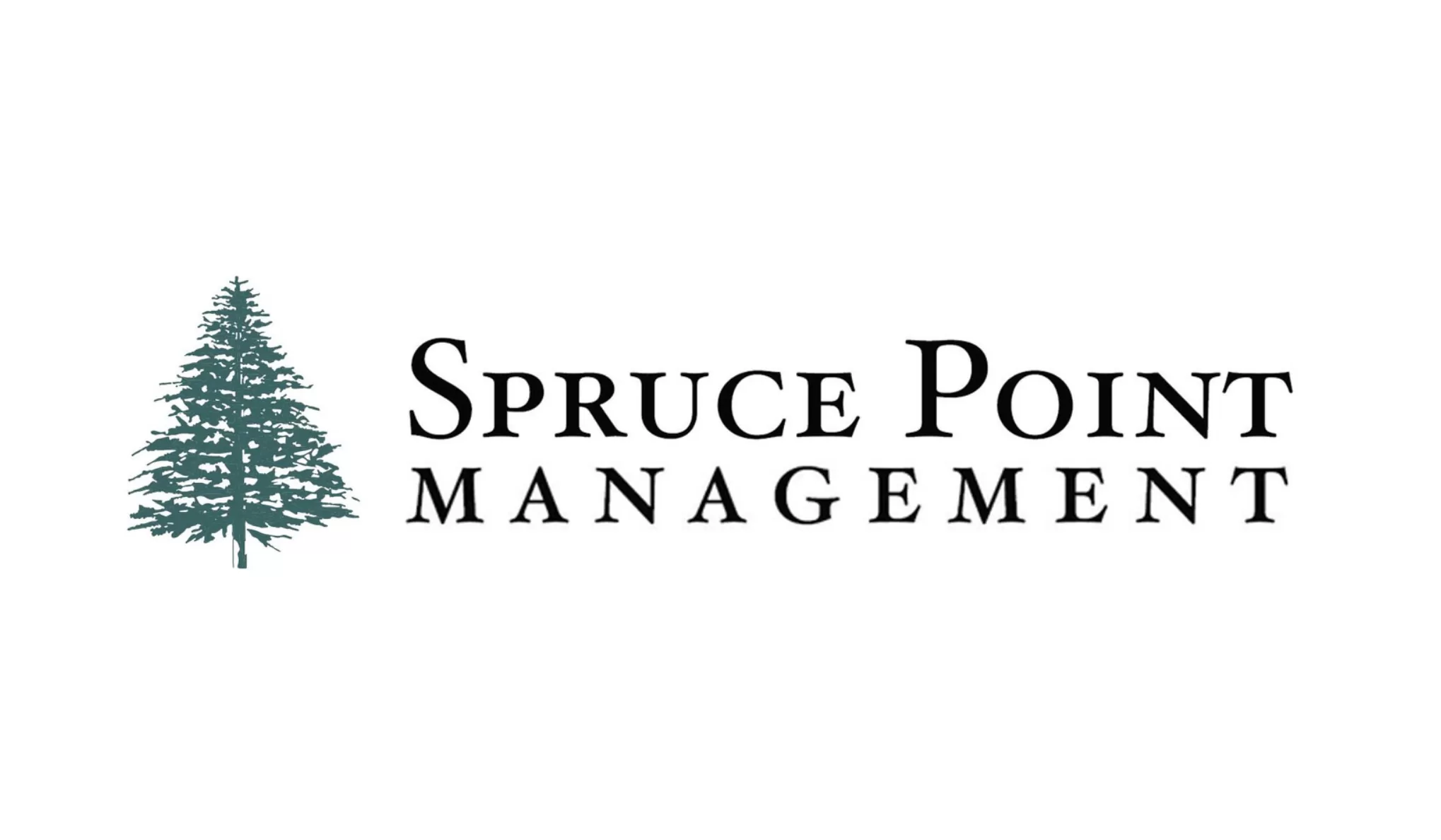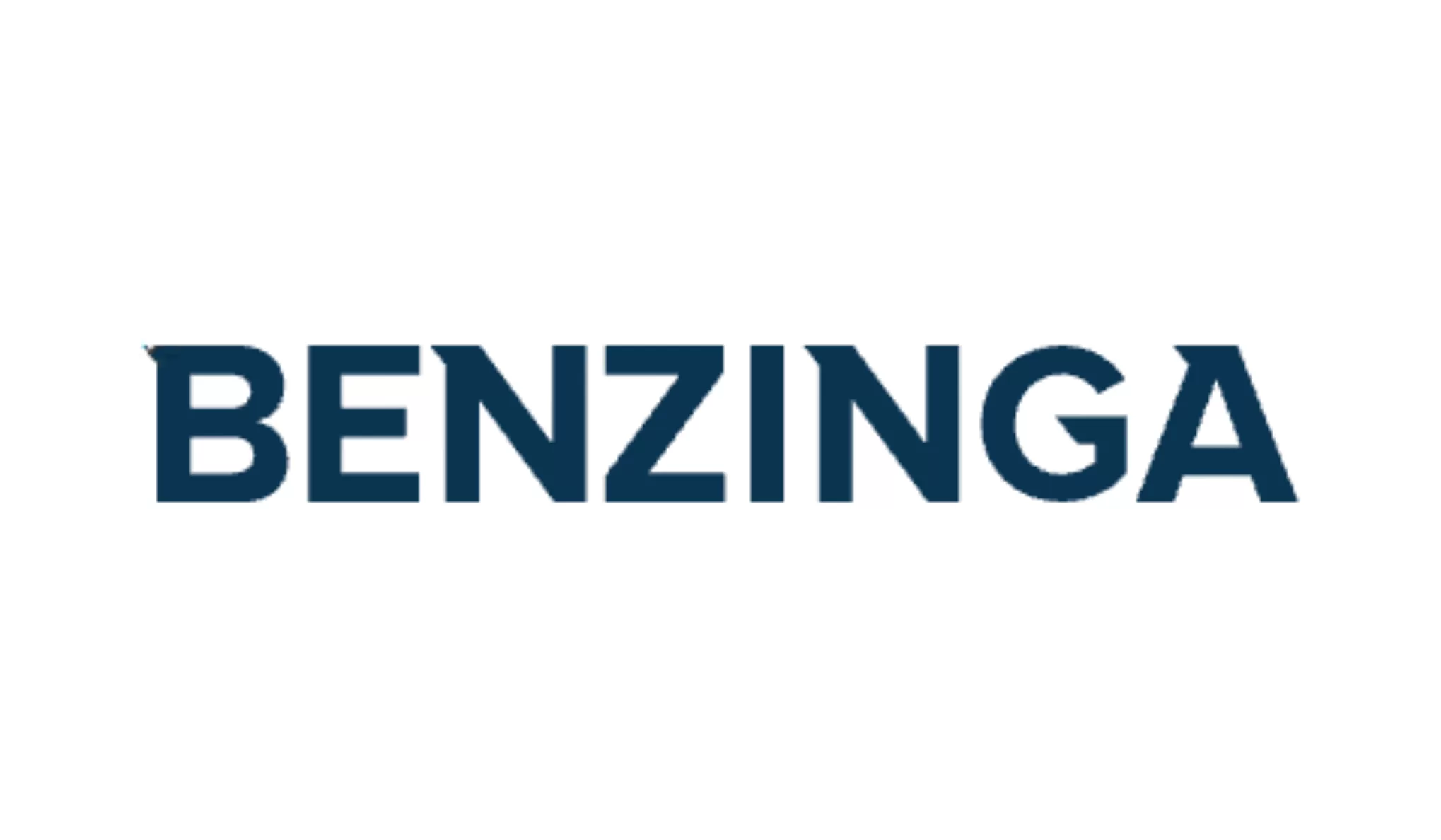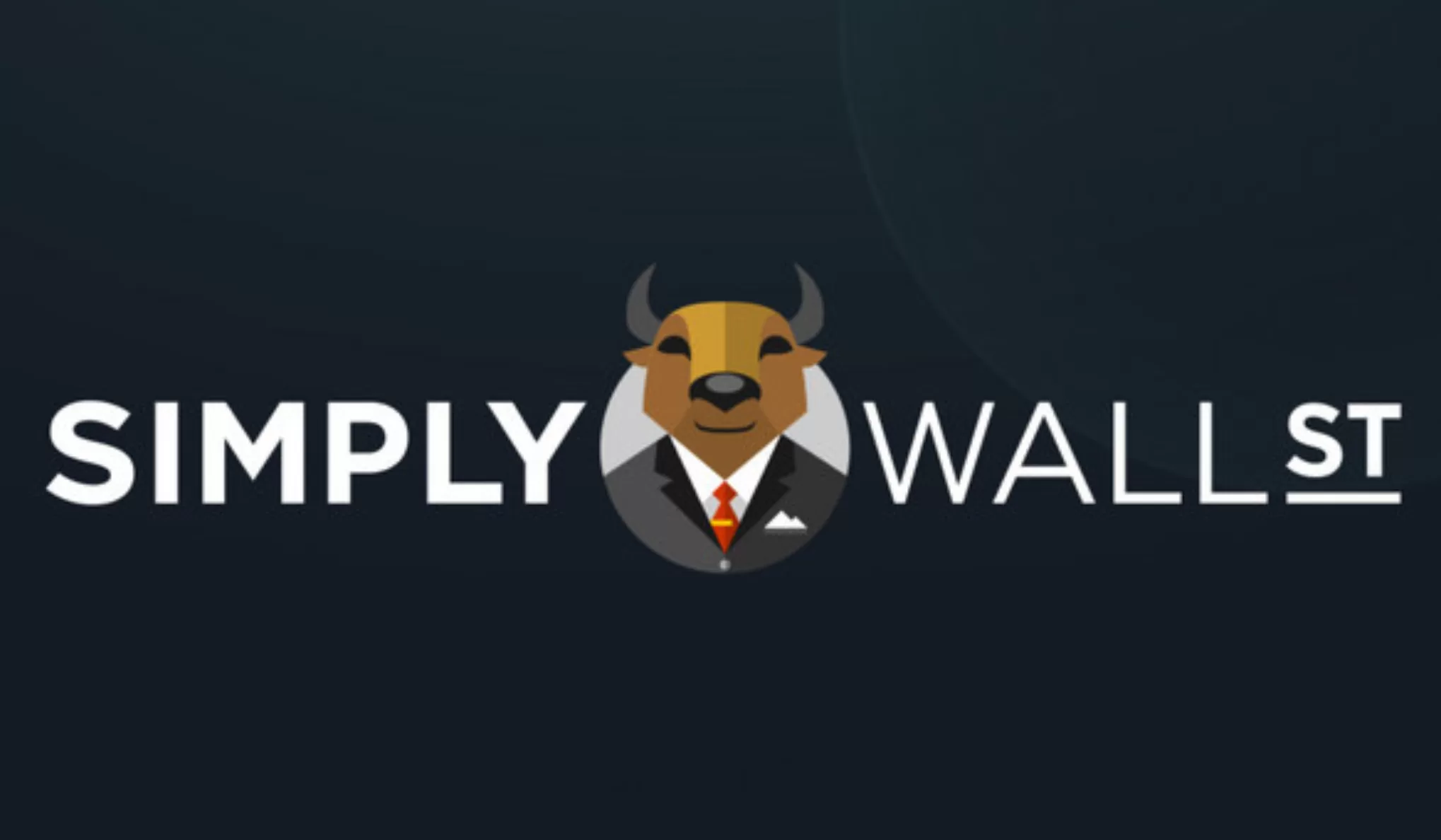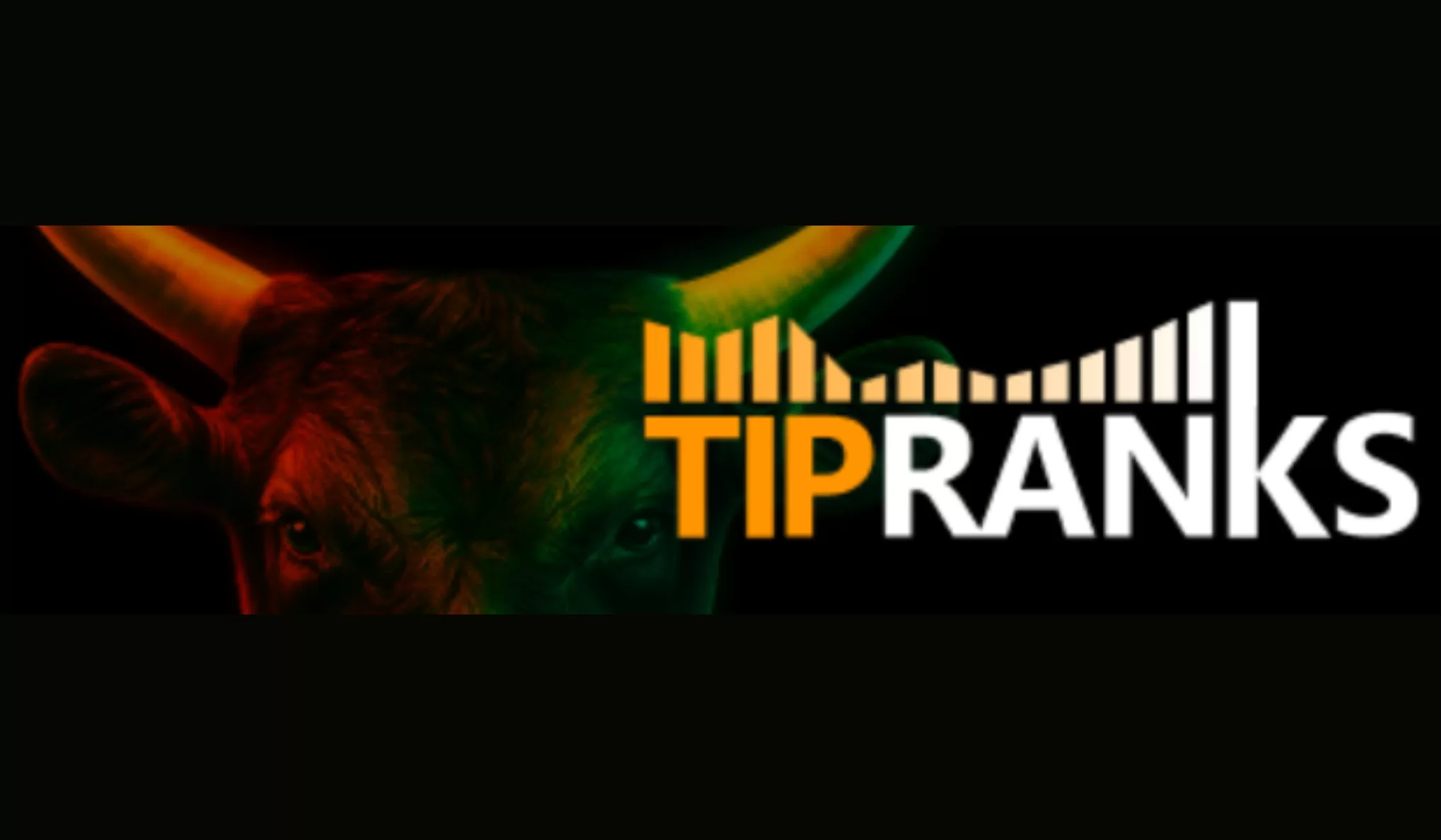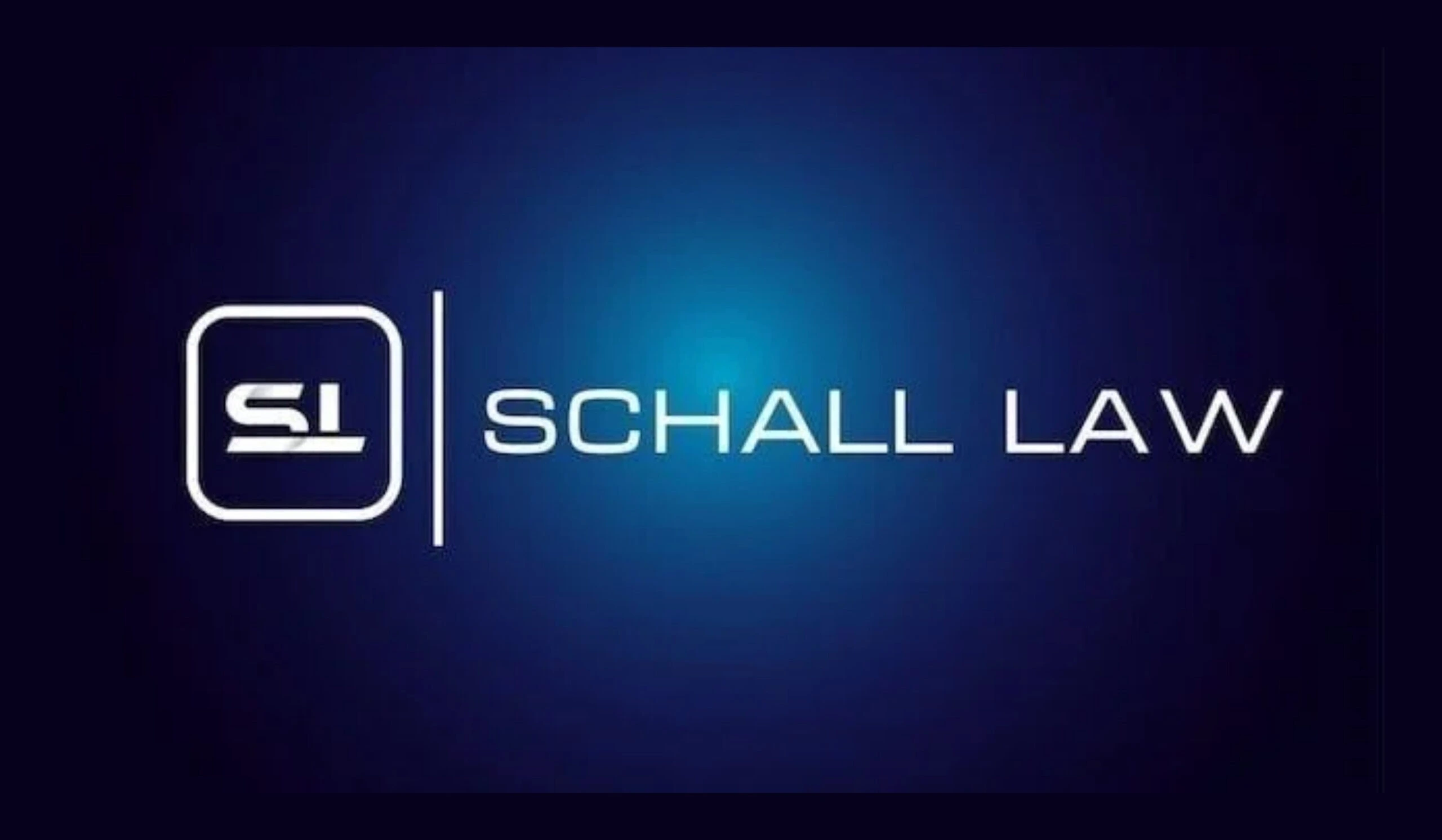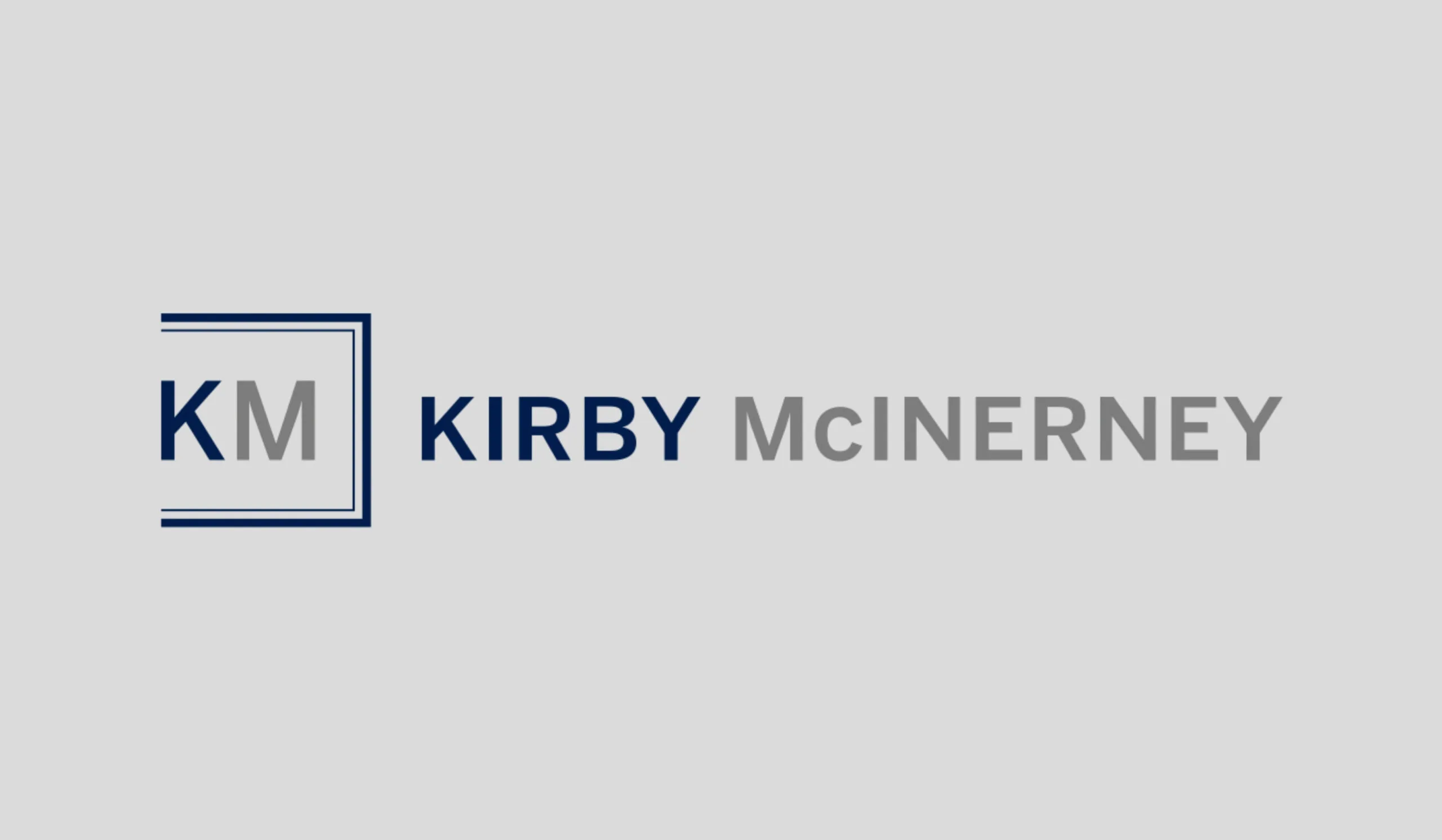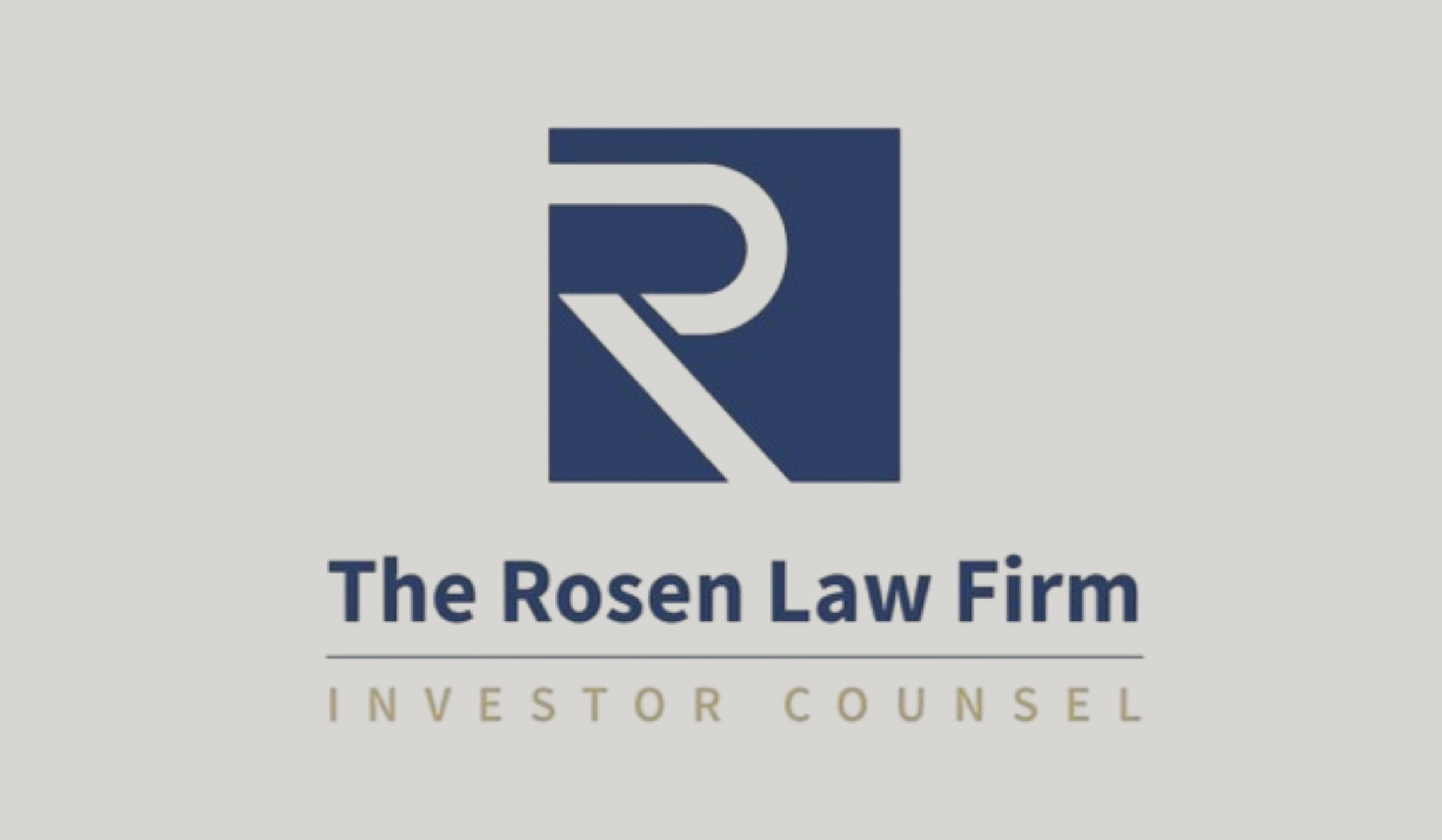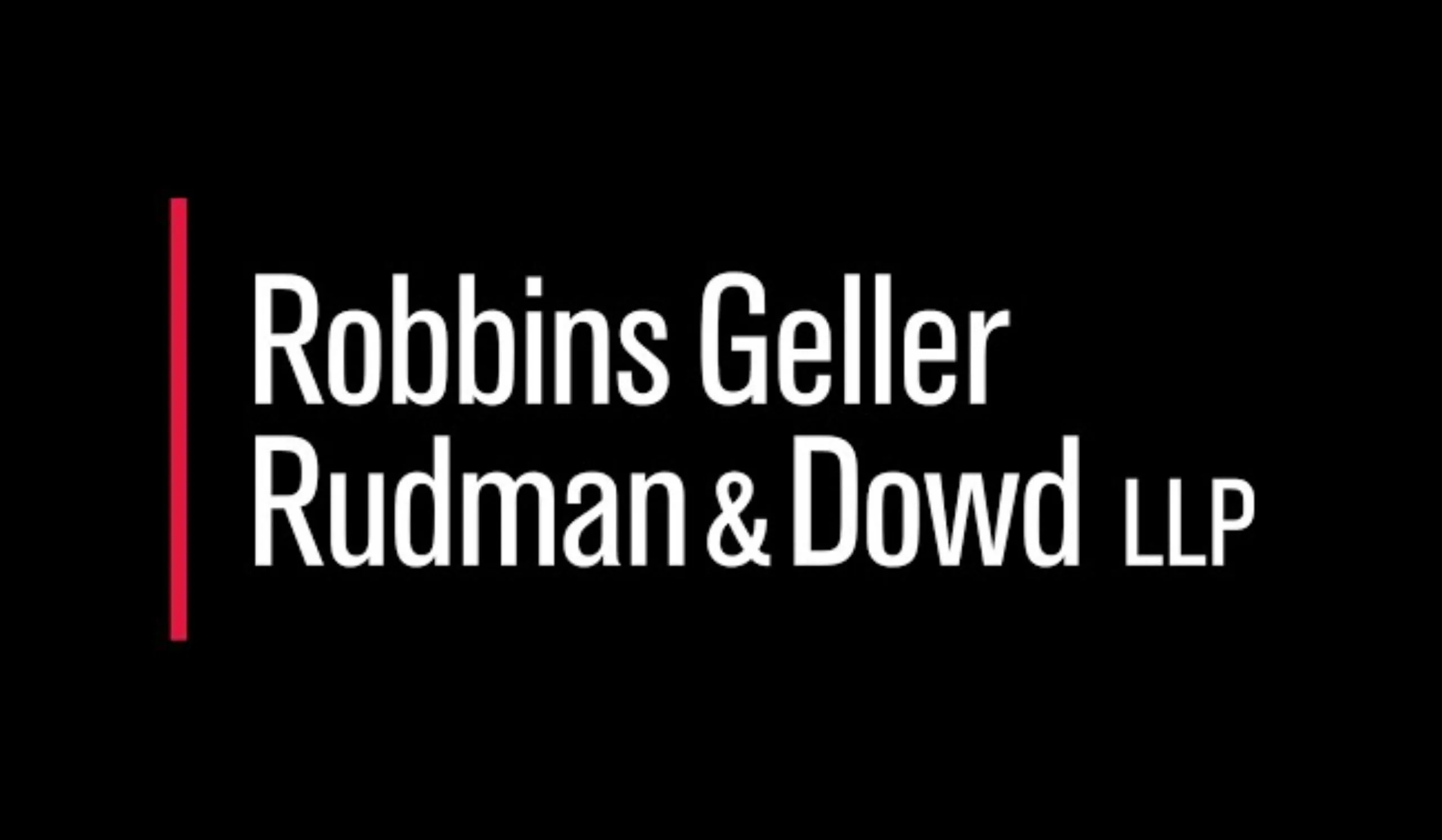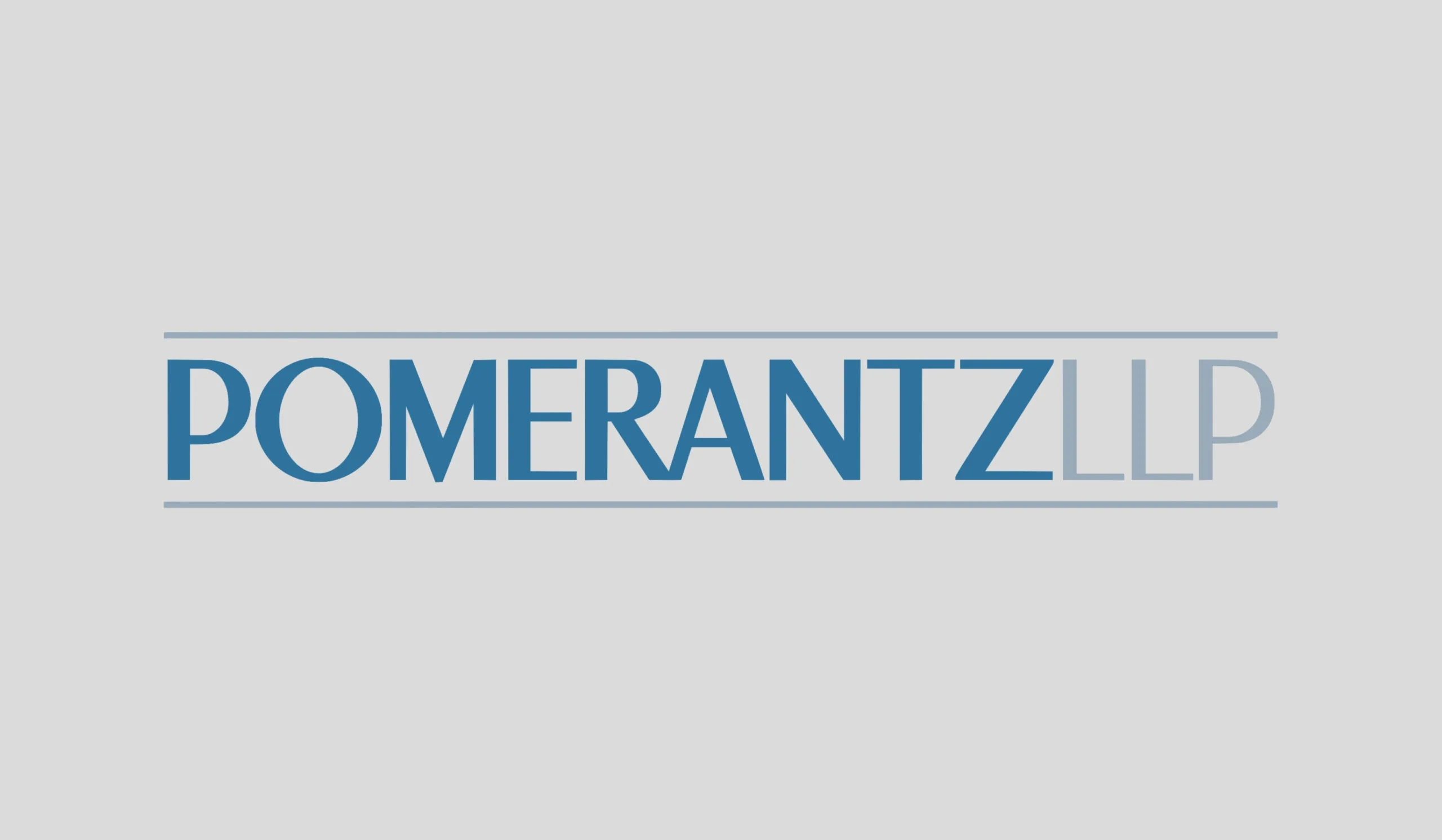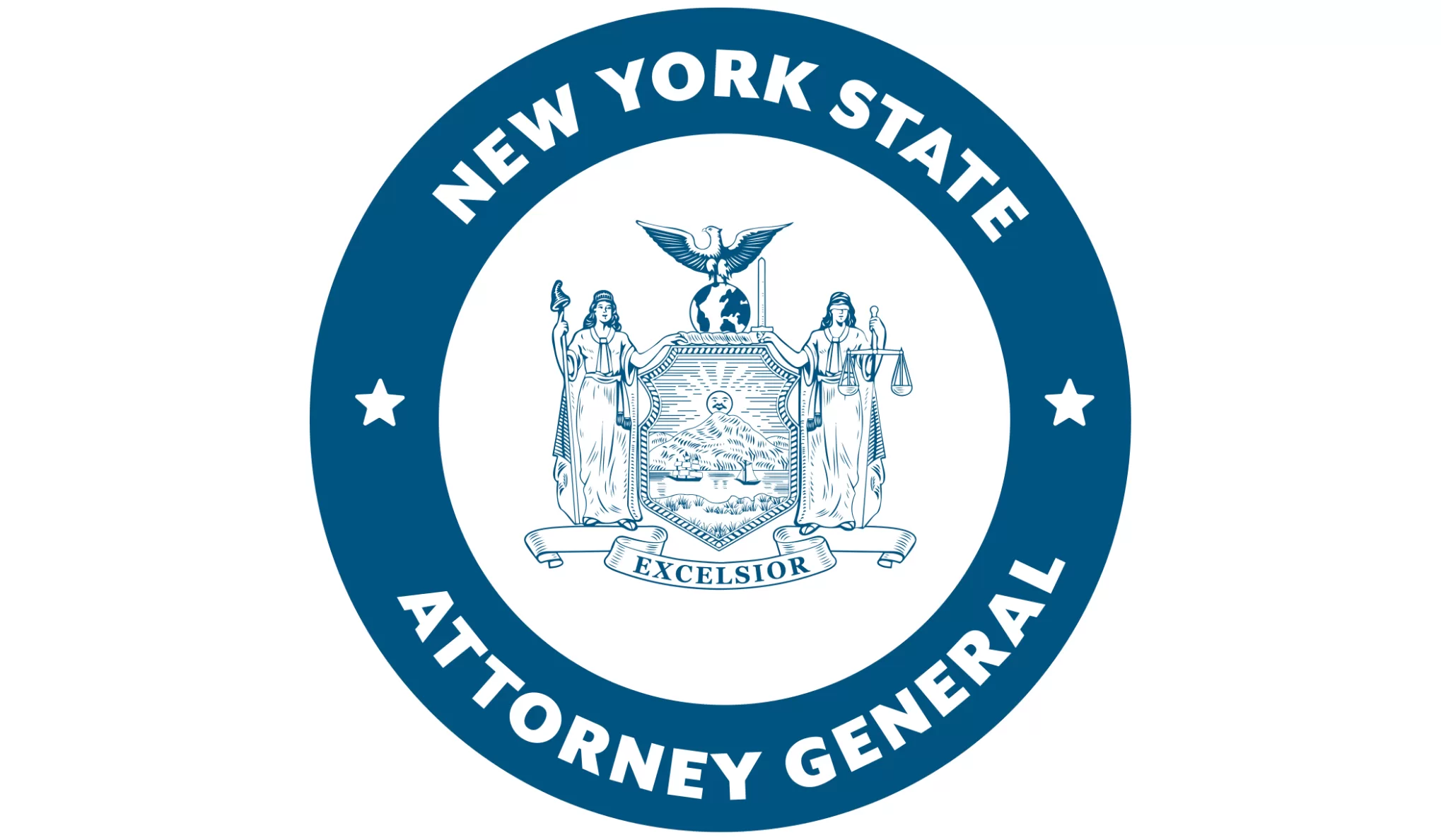By Colin Stuart McCoy
US~Observer Flashback
This piece was originally published by The Oregon Observer in November of 1995. The article was meant to serve as an introductory device into the processes involved in currency control and its creation in the United States. I had become aware that without any changes being made in how we managed these processes in the U.S., patterns were clearly developing that indicated that serious economic, environmental, and social problems were not only being caused at the time, but would soon grow worse without needed adjustments being made.
The adjustments I believed needed to be made were part of a transition to a form of Monetarism I had simply called and defined as “Realistic Monetarism”. Realistic in that it was set up around processes that recognized the reality inherent in the physical qualities of our Fiat money system and would allow for the untapped potentials of those properties to be utilized. The piece was meant to serve again as a tool or device to get people thinking about these very serious impacts to their lives, as well as what possible solutions could look like.
What follows will be a re-writing of that piece with additional thoughts, shortcomings, or needed clarifications on the original corrected or commented upon for clarity. Said comments or corrections will be placed within parentheses.
Such as ( Re: the term “manipulative practices” in the opening headline some might attach a negative connotation to the term, when in fact they should not. No organization can accomplish the task with which the Federal Reserve has been required to do without having the ability to be effectively manipulative within that working environment.)
A private corporation, (private as in “independent”, do not interpret this to mean that the Federal Reserve is a corporation like any other. It is not), that has a huge ability to impact our futures and freedoms, and a private corporation about which citizens of the United States are dangerously ignorant, is the Federal Reserve: The private corporation that has been delegated control of our monetary system. (While in order to do its job a certain degree of independence is needed- this in no way should halt the reforms needed)
A quote from Henry Ford, Sr. sums up the situation nicely.
“It is well enough that the people of the nation do not understand
our banking and monetary system, for if they did,
I believe there would be a revolution before tomorrow morning.” – Henry Ford
As everyone should know, the currency of the United States is no longer based upon a “gold standard” or any other type of standard. The value of United States currency is backed and maintained only the good faith of the United States government. This currency situation is controlled and allowed to interact with our economy through the Federal Reserve’s long time use of an economic management philosophy called “monetarism”.
Merriam Webster’s Collegiate Dictionary, Tenth edition, defines “monetarism” as “a theory in economics that stable economic growth can be ensured only by control of the rate of increase of the money supply to match the capacity for growth of real productivity.”
I agree with this philosophy, I just disagree with the Federal Reserve as to what rate the real capacity for growth is under the current physical realities of the currency (properties) of the United States. I feel that the true potential for economic growth is much higher than that being allowed by the Federal Reserve.
Under the philosophy of “monetarism” the Federal Reserve tries to control the rate of growth and inflation by creating {adding} money to the money supply available for use in the market place or by destroying {taking} money out of the available money supply.
The way new money is created (and I’m not talking about the simple replacement of old currency with new), is this:
The Federal Reserve first decides that the economy needs a shot in the arm to promote growth. Then it decides how big a shot the economy needs. This allows the Federal Reserve to decide which of it’s tools will be used individually or in combination with one another to attain the desired effect. One of the tools the Federal Reserve uses is it’s “Discount window” which it has at each Federal Reserve Bank.
Federal Reserve banks are where commercial banks borrow the money they need to make up for any shortages in their reserves that have been created through aggressive money lending.
If the Federal Reserve wants commercial banks to loan out more money to stimulate they economy, it lowers the rate of interest it charges on the money it loans to commercial banks.
This “tool” lets commercial banks realize the needed profit to justify making loans out of their reserves. More money then becomes available for people to borrow, thus entering the economy, stimulating growth.
Money the Federal Reserve supplies commercial banks with is created “out of thin air,” with a stroke on a key board. There is no limit to how much money it can create. It is only limited by the judgment of it’s board members.
Another tool the Federal Reserve uses to create money for use in the market place, is the “Open Market Desk” located at the New York Federal Reserve Bank on Wall Street. The “Open Market Desk” is where the Federal Reserve buys and sells government securities. To create money the Federal Reserve will purchase from a dealer government securities in the needed amounts, often several billion dollars worth per day, (today we see amounts purchased in the hundreds of billions of dollars.)
The money the Federal Reserve has paid for the securities is deposited into the securities dealer’s account and thus enters the economy, either by being used for direct purchase by the dealer or by being loaned out, less the reserve requirements, by the bank into which the dealer has deposited the money. (Reserve Requirements: The percentage of deposits-cash on hand that the bank is required to keep on hand to help provide stability of use and the reliability to get funds by the depositors when desired, through the various expected or unexpected economic up and downs often seen.- Helps protect against bank runs..)
The money the Federal Reserve uses to purchase the government securities is created out of thin air, with a stroke on a key board, just like money is created to directly supply commercial banks. Again, there is no limit to how much money it can create. This process is only limited by the judgment of it’s board members and advisers.
(Since the global financial crisis has been in full swing – I.E. 2008 onward we have seen another process come into play an the monetary stage, and it is called “Quantitative Easing”. “Quantatative Easing” is a monetary policy used by the Federal Reserve banks when they determine that more traditional methods are not able to produce the desired effect. What happens is that Federal Reserve banks buy financial assets from commercial banks and other private organizations v.s when they purchase government securities. Again these purchases are made with new money created by the federal reserve..kind of like if you wanted to buy a car, used your home computer to print up the money, and went out and bought it. This has the effect of infusing new cash into the economy stimulating needed growth/activity ect. A product of the “Quantitative Easing” process is that it helps sustain the price/value of the items purchased, while lowering the yield.)

When the Federal Reserve has created, through these processes, $1 billion dollars to be entered into circulation, it actually has the effect of releasing several billion dollars into the economy. This is how it works:
The original $1 billion gets deposited into banks. The banks pull out their reserve requirement and loan out the rest, say $800 million.
The $800 million circulates in the economy, eventually being deposited into banks. The banks pull out the reserve requirement and loan out the rest, say $650 million.
The $650 million circulates in the economy, eventually being deposited into banks. The banks pull out the reserve requirement and loan out the rest, say $500 million.
The $500 million circulates in the economy, eventually being deposited into banks. The banks again hold out the reserve requirement and loan out the rest, say $350 million.
This process continues until the lending potential of the new money has been exhausted.
When the Federal Reserve decides it needs to put the brakes on the economy, say for reasons of inflation control it simply reverses the process.
It raises the interest rates on the loans it makes to commercial banks and it sells the securities-(or other assets under it’s control). This has the effect of pulling money out of circulation and extinguishing it.
For anybody who would like to know more about the omnipotent private corporation, the Federal Reserve, which has (tremendous) total control over the value of a loaf of bread or a gallon of milk, I highly recommend a book written by William Grieder entitled “Secrets of the Temple-How the Federal Reserve runs the country.” (I also recommend a web document entitled “Money and the Federal Reserve System: Myth and Reality. By G Thomas Woodward.)
Look for Part 2 coming soon!

